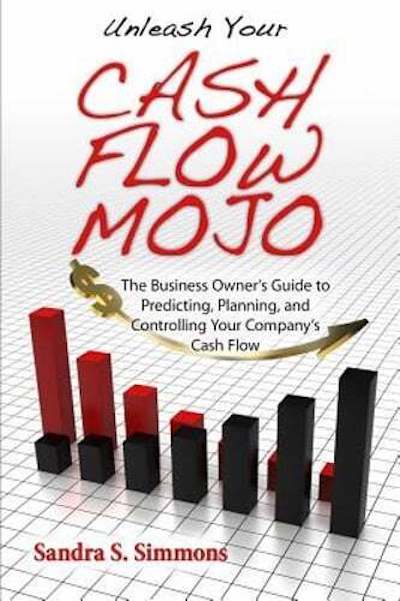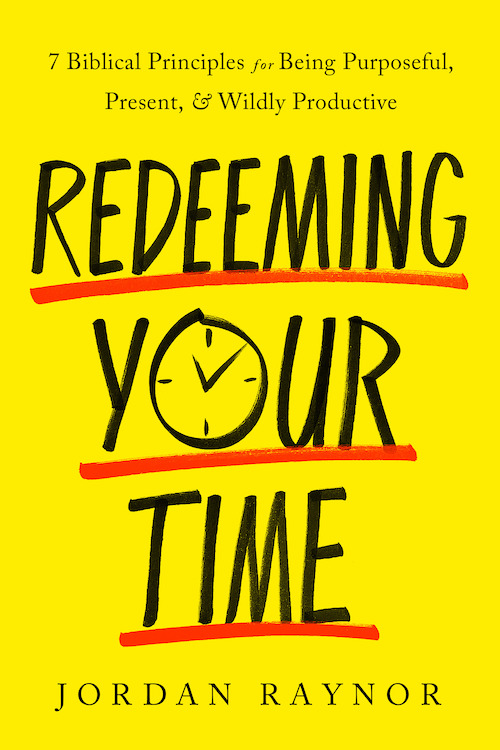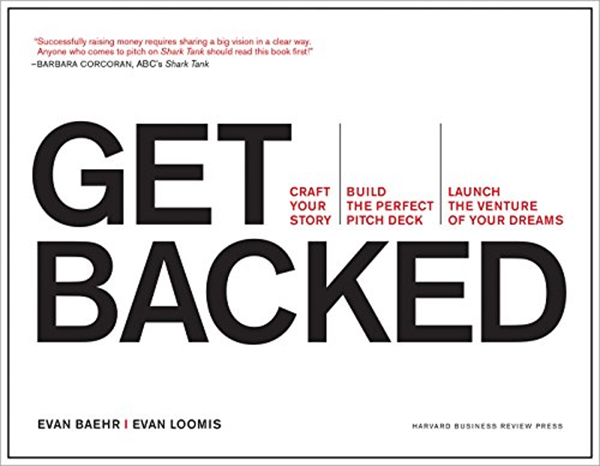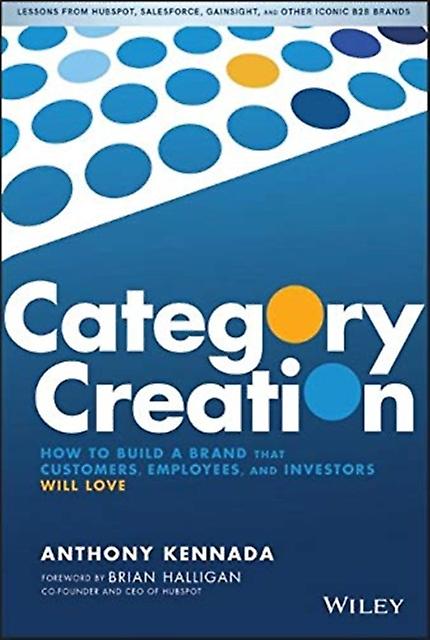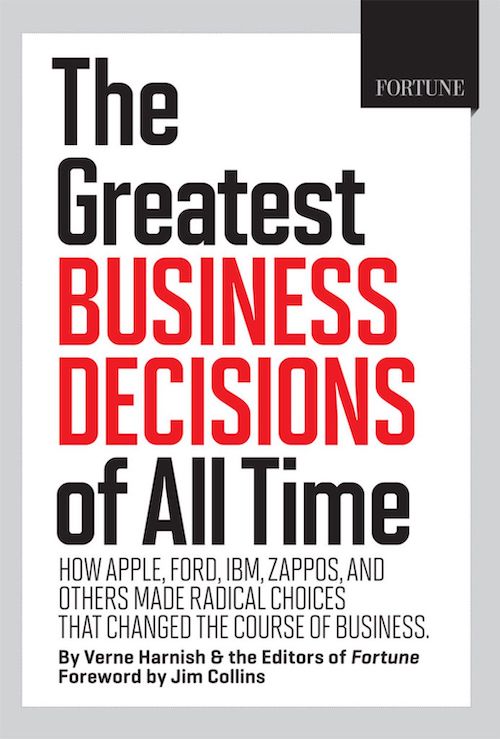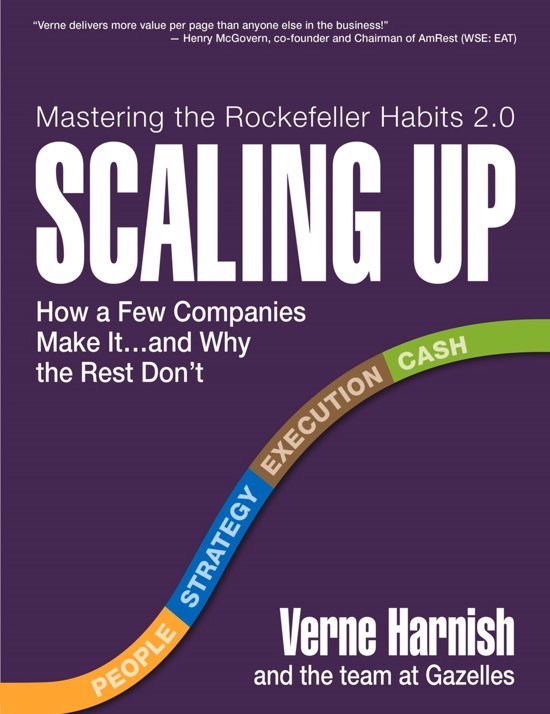Anthony Kennada was Chief Marketing Officer of Gainsight when he wrote Category Creation. Gainsight had successfully created the Customer Success category. In writing the book he also spoke to a number of other marketing leaders who had helped create other Software as a Service categories (like HubSpot) and looked at earlier examples (like Salesforce) in order to develop a guide for how a company can create a new product category.
Category Creation describes the discipline as a “long term greedy” endeavor. It takes significant investment and patience before a company can reap the benefits of creating a category. Therefore it would be wise for companies that think they might have the opportunity and desire to create a new category to read this book to know what they are getting into and to have a general sense of how to go about it.
While readers may hope for a step-by-step guide to making a new category, the heart of the book is a collection of seven general principles. There’s a lot of good content in this part of the book, but it’s uneven. Sometimes the advice is very general and sometimes it’s very specific. Sometimes the observations seem very specific to Gainsight; sometimes they seem applicable to B2B SaaS companies like Gainsight; and sometimes they seem like they might be more broadly applicable. Overall, this is the most helpful part of the book, but the reader needs to exercise discretion in figuring out whether and how she can apply the lessons to her specific situation.
Bottom line, Category Creation is well worth reading by anyone considering trying to create a new product category. There are many helpful principles and lessons learned from companies who have successfully done so in the past. However, readers should have realistic expectations for how successful the book will be in fully delivering on its promise.
Read my full review here.

